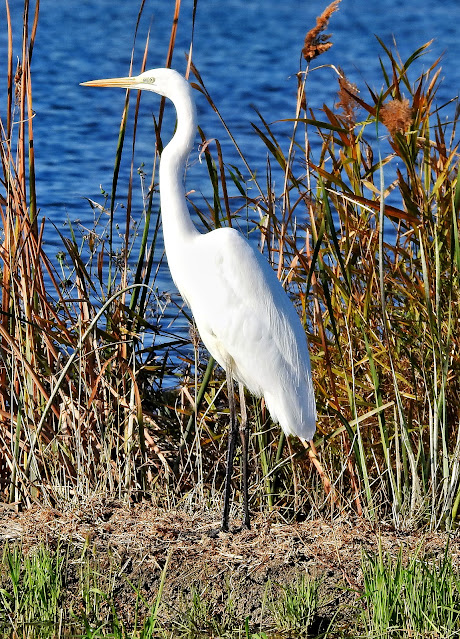The European goldfinch or simply the goldfinch (Carduelis carduelis) is a small passerine bird in the finch family that is native to Europe, North Africa and western and central Asia. It has been introduced to other areas, including Australia, New Zealand and Uruguay.
The breeding male has a red face with black markings around the eyes, and a black-and-white head. The back and flanks are buff or chestnut brown. The black wings have a broad yellow bar. The tail is black and the rump is white. Males and females are very similar, but females have a slightly smaller red area on the face.
The goldfinch is often depicted in Italian Renaissance paintings of the Madonna and Child.
The average European goldfinch is 12–13 cm (4.7–5.1 in) long with a wingspan of 21–25 cm (8.3–9.8 in) and a weight of 14 to 19 g (0.49 to 0.67 oz). The sexes are broadly similar, with a red face, black and white head, warm brown upper parts, white underparts with buff flanks and breast patches, and black and yellow wings.
On closer inspection, male European goldfinches can often be distinguished by a larger, darker red mask that extends just behind the eye. The shoulder feathers are black, whereas they are brown on the female. In females, the red face does not extend past the eye. The ivory-coloured bill is long and pointed, and the tail is forked. Goldfinches in breeding condition have a white bill, with a greyish or blackish mark at the tip for the rest of the year. Juveniles have a plain head and a greyer back but are unmistakable due to the yellow wing stripe. Birds in central Asia (the caniceps group) have a plain grey head behind the red face, lacking the black and white head pattern of European and western Asian birds. Adults moult after the breeding season, with some individuals beginning in July and others not completing their moult until November. After moult birds appear less colourful, until the tips of the newly grown feathers wear away.
The song is a pleasant silvery twittering. The call is a melodic tickeLIT, and the song is a pleasant tinkling medley of trills and twitters, but always including the tri-syllabic call phrase or a teLLIT-teLLIT-teLLIT.
The European goldfinch is native to Europe, North Africa, and western and central Asia. It is found in open, partially wooded lowlands and is a resident in the milder west of its range, but migrates from colder regions. It will also make local movements, even in the west, to escape bad weather. It has been introduced to many areas of the world. It was introduced to Bermuda, Canada, the United States, Mexico, Peru, Argentina, Chile, the Falkland Islands, Uruguay, Brazil, South Africa, Australia, and New Zealand in the 19th century, and their populations quickly increased and their range expanded greatly. In Australia, they now occur from Brisbane to the Eyre Peninsula, and are also spread throughout New Zealand. In the United States, they have become established in the western Great Lakes region.
















%201.jpg)


%201.jpg)






%201.jpg)

















